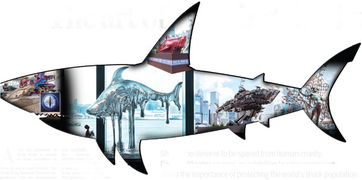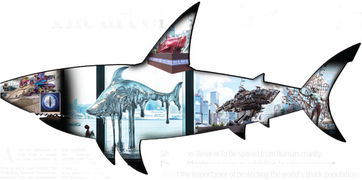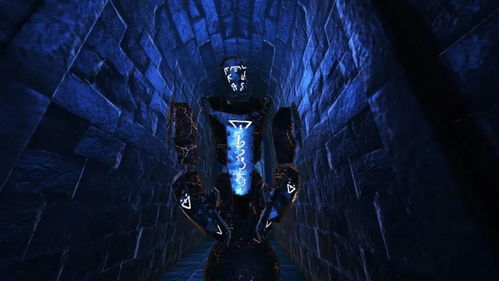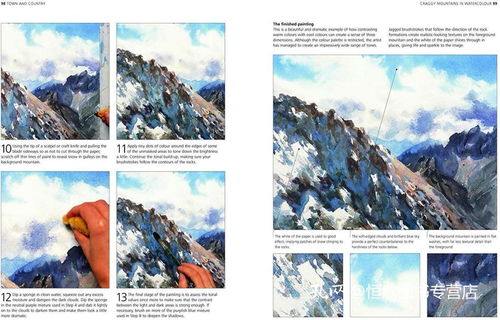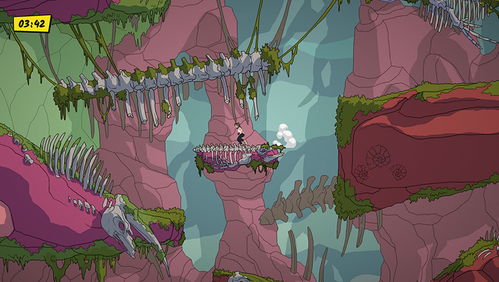Introduction:
Bowfishing, a unique and exciting method of fishing, has been gaining popularity among anglers looking for a different kind of thrill. Using a bow and specialized arrows, bowfishers can target a variety of fish species in both freshwater and saltwater environments. In this article, we will delve into the art of bowfishing and provide you with a detailed guide, complete with illustrations, on how to use a bow to catch fish effectively.
What You'll Need for Bowfishing:
Before we dive into the techniques, it's important to have the right gear. Here's a list of essential items you'll need for bowfishing:
- Bowfishing Bow: Choose a bow specifically designed for bowfishing, as they are lighter and more maneuverable than traditional bows.
- Bowfishing Arrows: These arrows are equipped with a broadhead designed to penetrate fish flesh effectively.
- Sinker: Attach a weight to the end of your arrow to help it sink quickly.
- Bowfishing Line: Use a strong line that can withstand the force of impact.
- Fish Finder: A fish finder can help you locate fish in the water, making your bowfishing more successful.
- Life Jacket: Always wear a life jacket for safety, especially if you're bowfishing from a boat.
Step-by-Step Guide to Bowfishing Techniques:
Choose Your Spot:
Start by choosing a spot with a good fish population. Look for areas with submerged vegetation, logs, or rocks where fish tend to congregate. If you're using a fish finder, use it to locate schools of fish before setting up your bowfishing spot.
Position Yourself:
Once you've chosen your spot, position yourself on a stable platform, such as a boat or a sturdy dock. If you're on a boat, anchor it to prevent movement during your shot.
Assemble Your Bow:
Attach the sinker to the end of your bowfishing arrow and thread the line through the nock. Make sure the arrow is properly fitted to your bow.
Aim and Shoot:
When aiming your bow, keep the following tips in mind:
- Focus on the Fish's Midsection: Aim for the fish's midsection, as this is the part of the body with the least bone density.
- Use a Bowfishing Rest: A bowfishing rest can help you steady your aim and make more accurate shots.
- Take a Deep Breath: Breathe in deeply and exhale slowly to steady your hand and reduce shake.
Practice Your Shot:
Before you go out on the water, practice your shot on a target to improve your accuracy. Find a flat, open area and practice aiming and shooting at various distances.
Retrieve Your Catch:
Once you've made a successful shot, retrieve your arrow using a bowfishing net or a simple fishing net. Be careful when handling the fish, as they can be quite slippery and may try to escape.
Illustrations:
[Insert illustrations showing the following steps:]
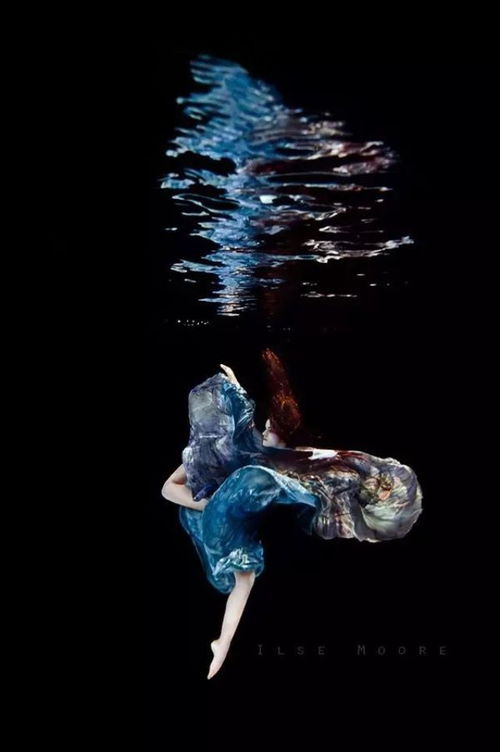
- Choosing a bowfishing spot.
- Assembling your bowfishing gear.
- Positioning yourself for a shot.
- Aiming your bow at a fish.
- Taking a deep breath before shooting.
- Practicing your shot on a target.
- Retrieving your catch.
Advanced Techniques:
Shooting at Moving Fish:
If you're targeting moving fish, you'll need to be quick and precise. Aim ahead of the fish and follow its path as you draw your bow back. Keep your focus on the fish's midsection and shoot as soon as you have a clear line of sight.
Shooting at Multiple Fish:
When multiple fish are in the water, it can be tempting to shoot at all of them. However, this often leads to missed shots and wasted arrows. Instead, prioritize your shots and focus on the fish that are closest to you and easiest to hit.
Bowfishing at Night:
Night bowfishing can be an exciting way to catch fish that are more active during the dark hours. Use a headlamp or a spotlight to see the fish in the water and follow the same techniques as you would during the day.
Conclusion:
Bowfishing is a unique and rewarding way to fish, offering anglers a new challenge and a different kind of thrill. By following this step-by-step guide and practicing the techniques outlined above, you'll be well on your way to becoming a master bowfisher. Remember to always prioritize safety and respect the local fishing regulations when enjoying this exciting pastime. Happy bowfishing!
